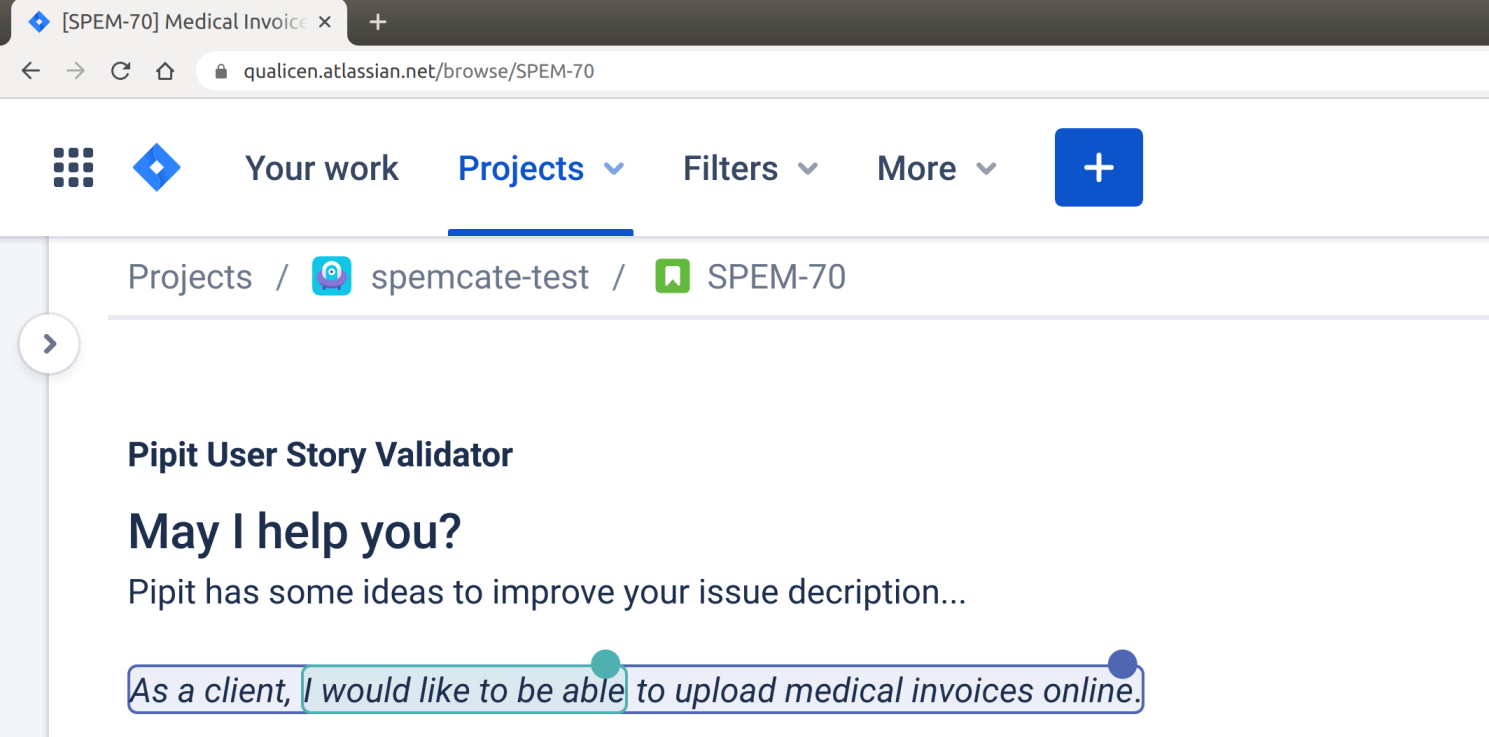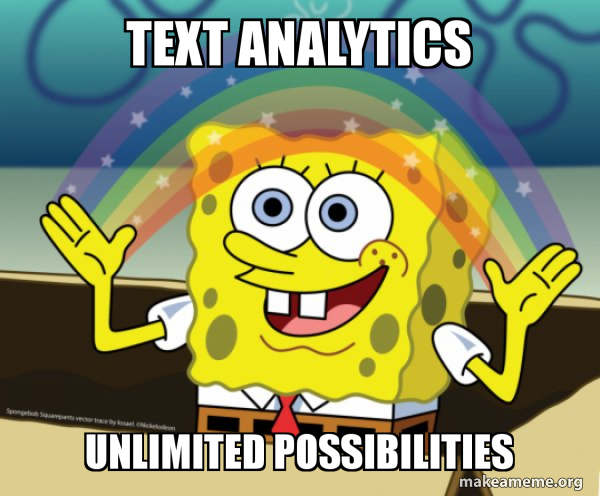Introducing Pipit – The User Story Validator for Jira
User stories and acceptance criterias are the backbone of agile development. Everyone knows badly written user stories provide little value. In extreme cases, they even do more harm than good. Therefore, many best practices and templates exist guiding us to
Our New Library for State-of-the-Art Natural Language Processing
There is a plethora of NLP libraries out there. For almost every NLP task, be it from rather trivial things like stop word removal, to more complex operations like relation extraction, there are libraries. This yields enormous power for modern
Anomaly-Detection with Transformers Machine Learning Architecture
Anomaly Detection Anomaly Detection refers to the problem of finding anomalies in (usually) large datasets. Often, we are dealing with time-dependent or at least sequential data, originating, for example, from logs of a software or sensor values of a machine or
Turbocharging Textsearch with NLP
Searching through a piece of text doesn’t sound like a task one would need a lot of fancy NLP technology for, but we recently had a case where this was actually necessary:
One of our customers asked us if we could help them with searching for specific terms in their documents. Their task was to deal with contracts and requirements, where missing even a small detail can potentially cost millions down the line. Additionally, these documents are usually very long, sometimes several thousands of pages. So if one where to simply Ctrl + F for a specific term one might get hundreds and hundreds of results, most of which irrelevant.
The Incredible Potential of Text Analytics – The Use Cases Explained.
New advances in text analytics make the tech news nearly every week, most prominently IBM Watson, but also more recently AI approaches such as ELMo or BERT. And now it made world news with the pandemic caused by the Covid-19 virus, with the white house requesting help via NLP.
Text Analytics and Natural Language Processing (NLP) deal with all types of automatic processing of texts and is often built on top of machine learning or artificial intelligence approaches. The idea of this article is not to explain how text analytics works, but instead to explain what is possible.
Natural Language Processing: Timeline Extraction with Regexes and spaCy
New text is generated in a mindblowing speed today. Think about news articles, social media messages, reports, e-mails etc. However, we cannot do much with unstructured text. But as soon as we extract some structured information from
Detecting Cause-Effect Relations in Natural Language
Anyone who has used a recent version of Specmate might has already seen an amazing new feature. In the overview screen of any Cause-Effect-Graph is now an anoccurus little button titled “Generate Model”. Clicking this button will trigger a chain of systems, that is capable of using natural language processing to turn a sentence like
If the user has no login, and login is needed, or an error is detected, a warning window is shown and a signal is emitted.directly into a CEG, without any additional work from the user:
 In this article we will do a deep dive into this feature, have a look at the natural language processing (NLP) pipeline required to make such a system work, see different approaches to implement it, and figure out how to garner the power of natural language processing for our goals.
In this article we will do a deep dive into this feature, have a look at the natural language processing (NLP) pipeline required to make such a system work, see different approaches to implement it, and figure out how to garner the power of natural language processing for our goals.








